This is the twelth in an ongoing series illustrating the relationship of Drawdown strategies to landscape architecture. For context, read the initial post here.
As I alluded to in the post on Buildings & Cities, there are a number of secondary Drawdown strategies around ‘smart growth’ that have the ability to make a positive contribution to climate change mitigation. Many of these are related, both directly and indirectly, to work around landscape architecture, and larger urban design and planning efforts which is a specialization for many in the profession. Many of these focus around mobility, and no more climate friendly modes of transportation exist than walking and biking. There will always be those intrepid souls that use alternative means of transportation even without the adequate infrastructure, both due to desire or necessity, but lack of good walking and biking infrastructure, coupled with poor access to transit, often makes driving the only viable choice.
The ability to create Walkable Cities, which is the 54th ranked Drawdown solution, offers the potential for 2.92 gigatons of CO2 reductions in the next three decades. If people have good walking options, according to the Urban Land Institute, they will opt for that that and drive up to 20-40% less and that resulting reduction in emissions is a powerful climate action opportunity. This is not just adding sidewalks, but a mix of compact development (yeah, density), access to transit, proximity of workplaces to housing, safety, and a number of other uses. It’s a planning process, and requires good local design, broader district-wide and city planning, and is interwoven with other systems like transportation planning, infrastructure design, and land use. On that note, methods like urban growth boundaries as well lead to compactness and reduce the potential for sprawl, especially when aided with good planning.
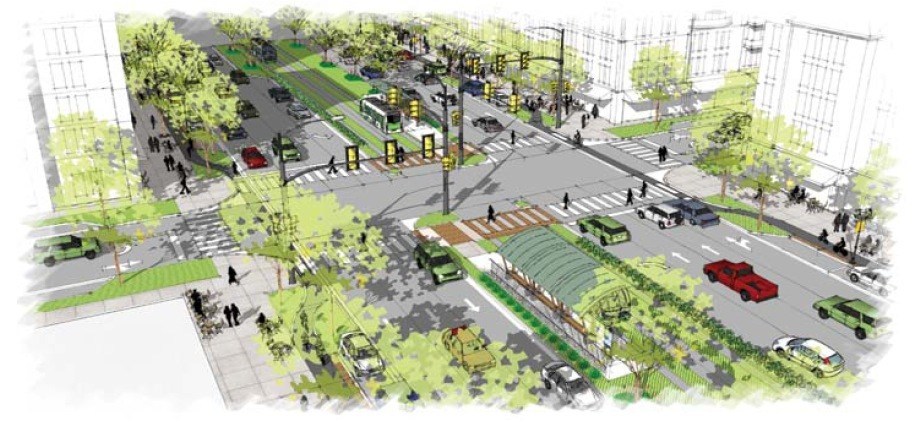
And while focusing on walkability seems easy, it is often elusive, with a focus on certain zones meaning success in some areas while neglecting other, often poorer or more distant areas with less resources, making it like every other question, also an equity issue. This means not just focusing on wealthier areas or newly developed ones, but thinking about existing retrofits to outlying areas, particularly suburbs, which were designed for cars and more challenging to convert to walking and bike-friendly urban patterns. It can also be woven into larger discussions around public health, which goes hand in hand with good, smart growth opportunities.
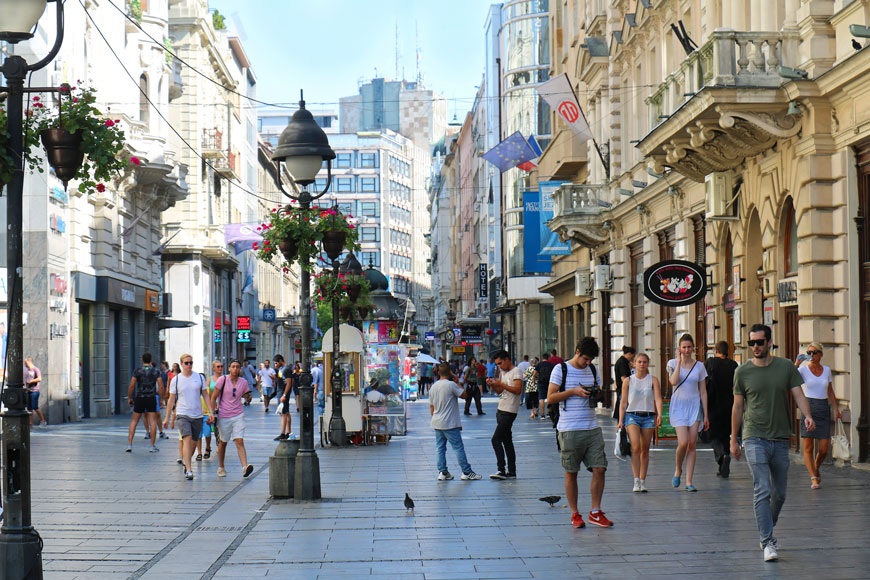
Creation of critical Bike Infrastructure, the #59 ranked solution, can help reduce CO2 emissions by 2.31 gigatons in the next 30 years. European cities have some off-the charts numbers of biking, such as the Netherlands, which according to Drawdown, has 27 percent of local trips by bike.
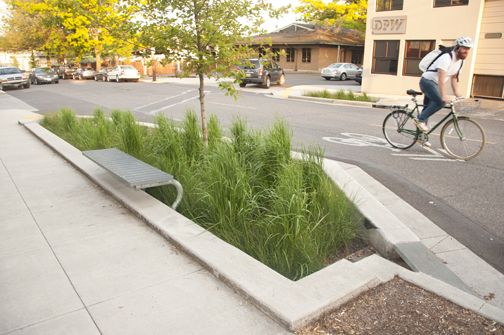
US Cities lag behind somewhat, but with more infrastructure like protected bike lanes, cycletracks, and safer intersections, along with good bike parking, bike share, and amenities for office-workers like showers, numbers are increasing worldwide. The adage of build it and they will come definitely relates to bikes, as getting those riders that are on the fence, due to safety concerns, just requires minimizing the importance of moving vehicles and thinking about multiple modes. Per Drawdown: “A virtuous cycle is clear: With more infrastructure come more riders. Perhaps counterintuitively, with more infrastructure and more riders, safety improves. And the more bicycles there are traversing a city, the more it reaps numerous returns on investment, including the health benefits of cleaner air and greater physical activity.”
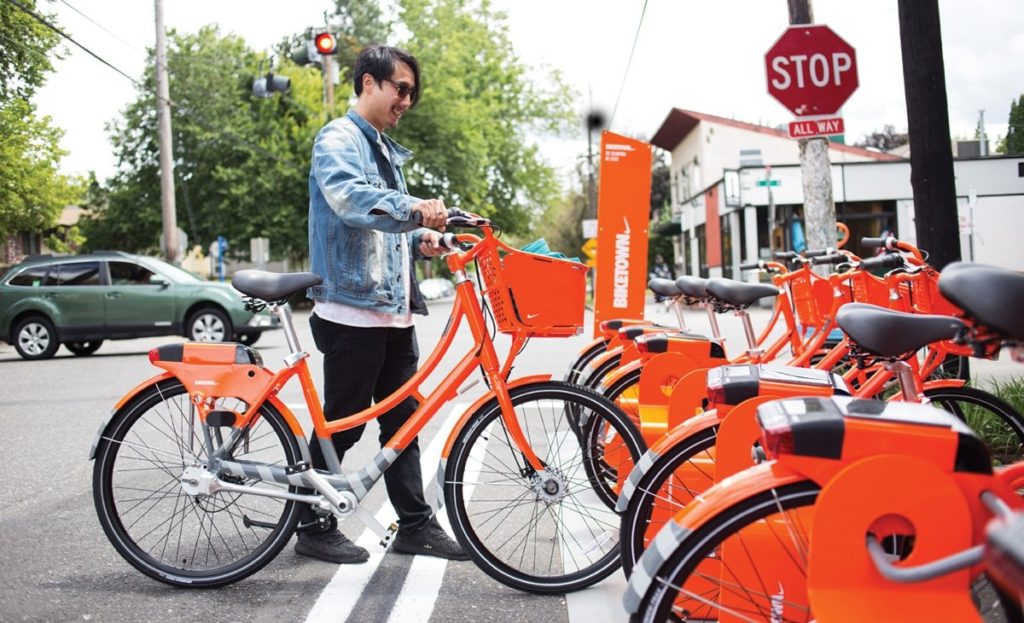
The infrastructure itself can be augmented with low-emissions Electric Bikes, which aid both helping less-abled riders and by flattening topography which is a barrier in some cities, providing that additional ‘boost’ to get more people on bikes. Plus you can look cool… like this guy:
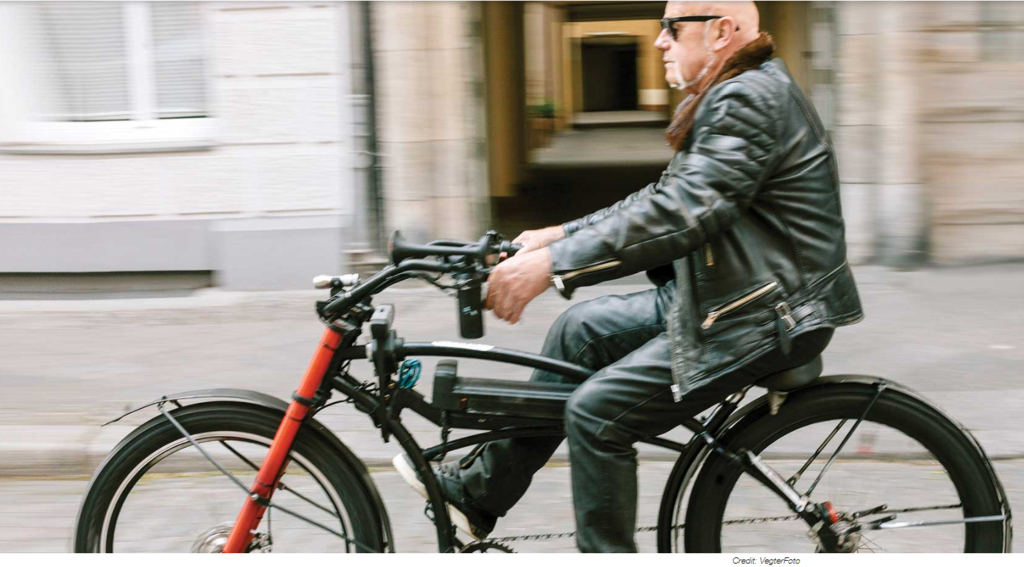
Mass Transit is the #37 ranked solution, with a potential reduction of 6.57 gigatons of CO2 in the next 30 years. These reductions happen by reducing or eliminating trips by automobile, and moving more people using less energy through modes like light rail, bus rapid transit, streetcar, and subway. As mentioned in Drawdown:
“Urban transport is the single largest source of transportation-related emissions, and growing. With good urban design, mass transit can help embed mobility, livability, and sustainability in cities. “
Related to this is High-Speed Rail, as localized transit systems can connect to larger regional networks that provide connections to nearby cities, reducing airline travel, which is, of course, a huge CO2 contributor.
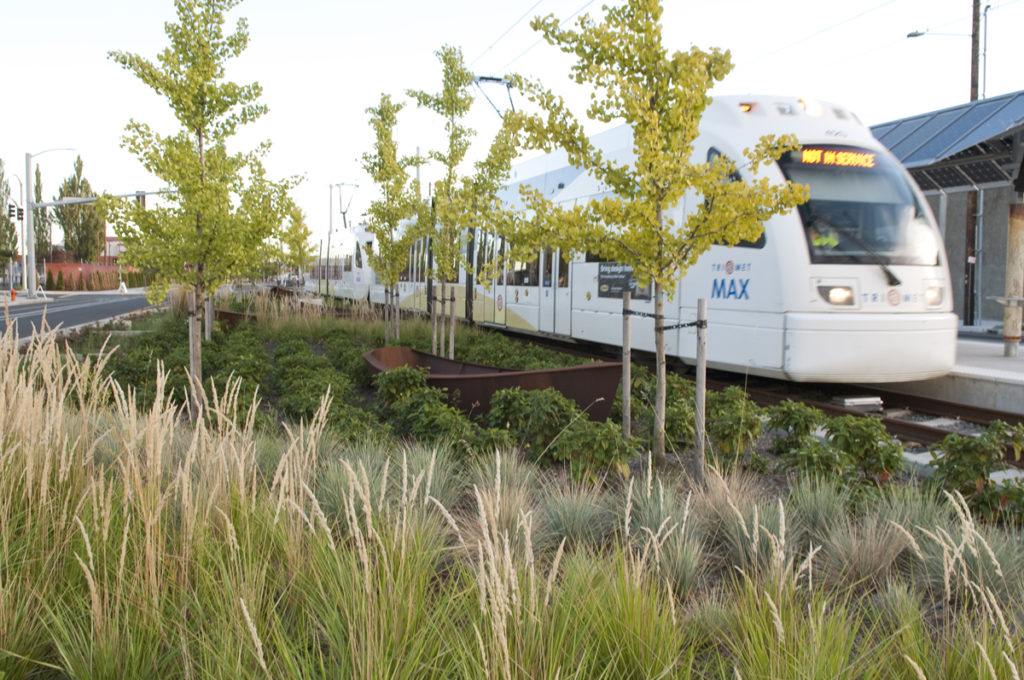
Buildings are a related element of this smart growth, once the blueprints of access and mobility are addressed, the types of buildings can shape climate-friendly design of cities. If building standards start to mandate or provide incentives for smarter development, such as moving more towards Net Zero or other means, the overall impact of the developments themselves can also be less impactful. This can employ energy savings like Rooftop Solar and Solar Water heating, and also include new technologies like Building Automation to optimize systems. Many examples of Net Zero buildings are starting to emerge, and as new construction is happening, it’s imperative, due to the long lifespan of buildings, that we make new buildings as efficient and climate-positive as possible.
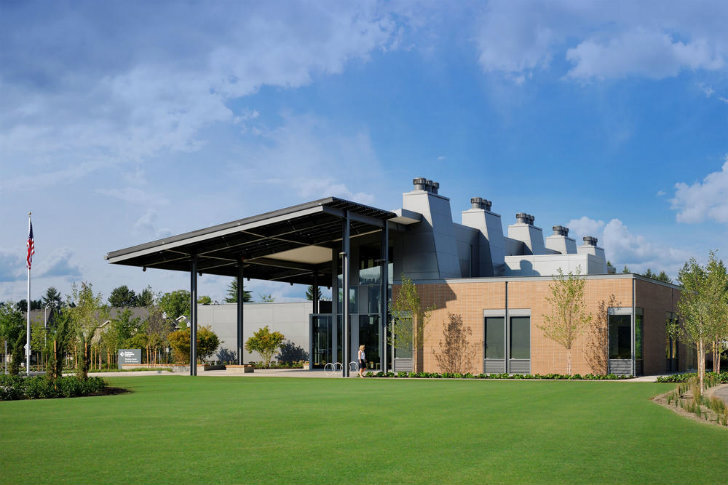
It’s not just about technology as well, as there can be benefits in clustering development, reducing infrastructure, using green infrastructure techniques using vegetation, including microclimatic design, green roofs, and urban forests, we can maximize efficiency and take advantage of opportunities to reduce greenhouse gas emissions, or coming full circle, maybe reduce the need for refrigerants.
If we think beyond sites in these ways, some of the previous ideas mentioned can be woven into districts, like Distributed Energy Storage, District Heating, and more localized and more efficient district Water Distribution Systems. which could be fed by district water capture and storage for both local use and increased resilience.
HEADER: Bike- and Transit-Friendly Infrastructure – via Bicycle Insurance Portland
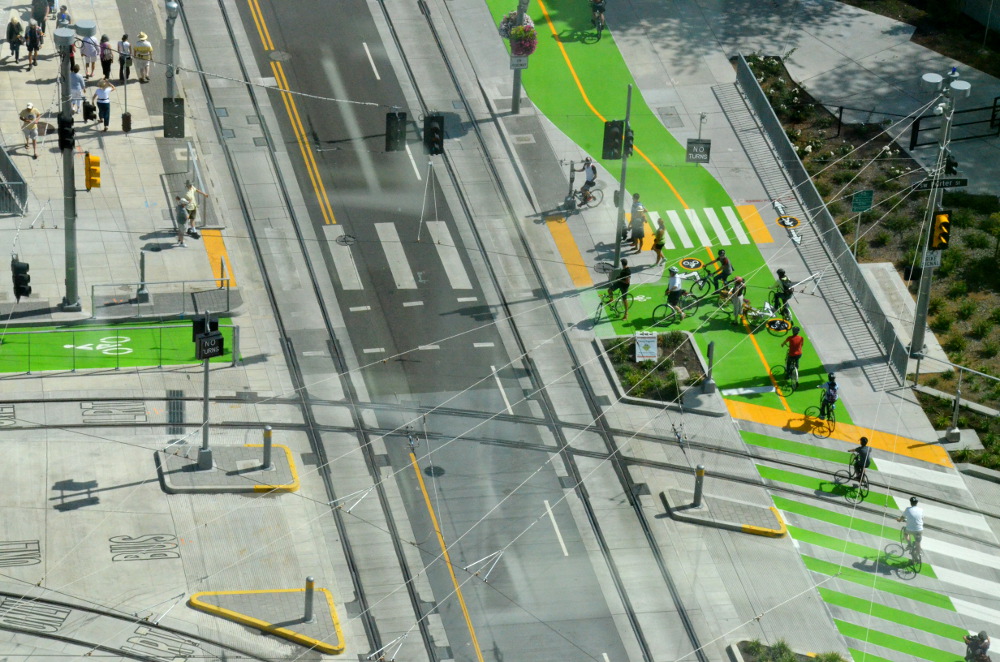
Really amazing and helpful post, keep sharing this type of informative post with us. Waiting for the new one!